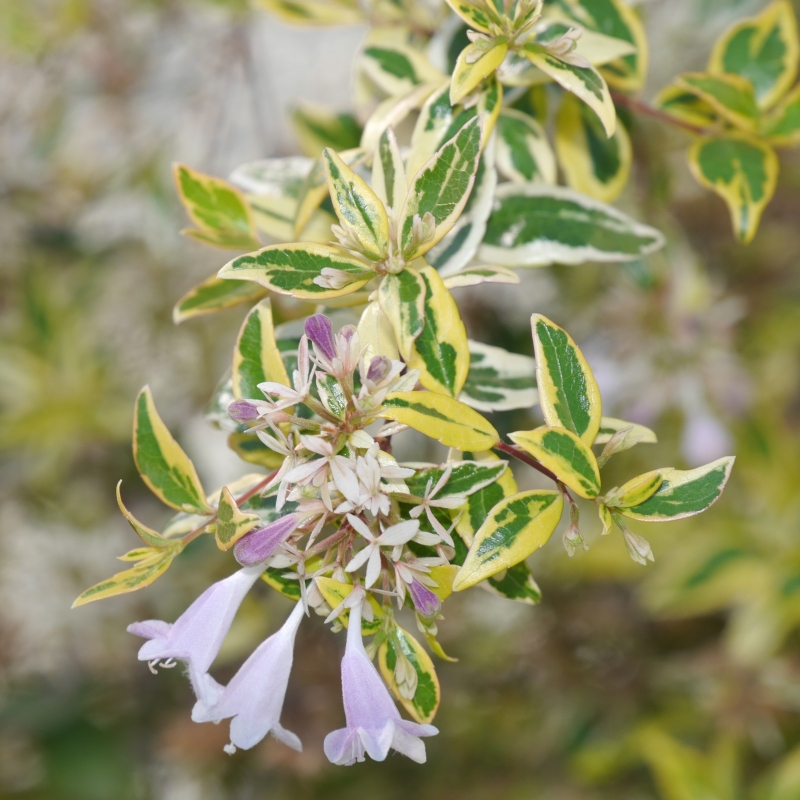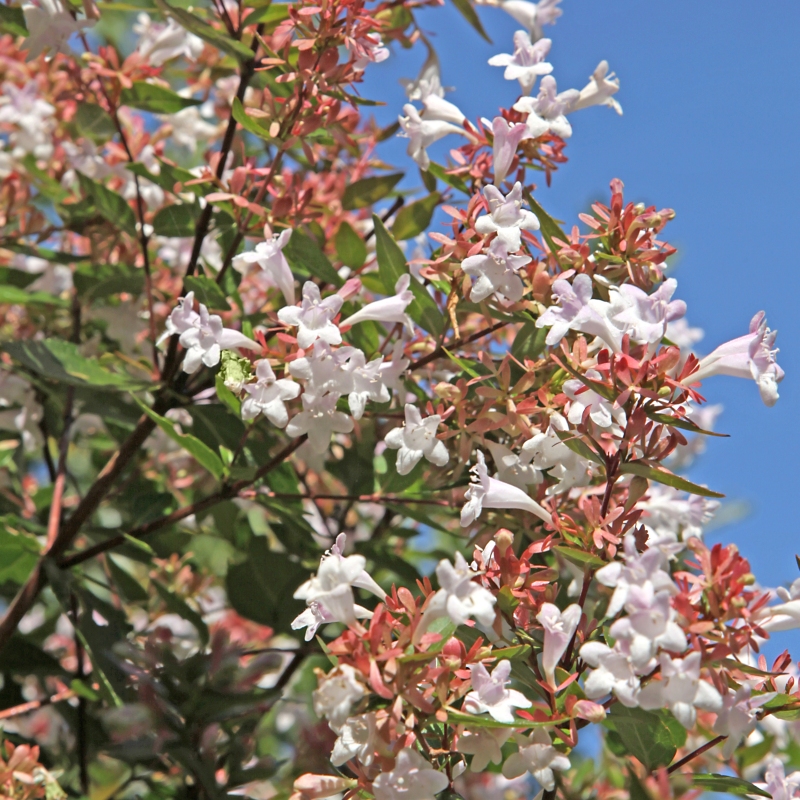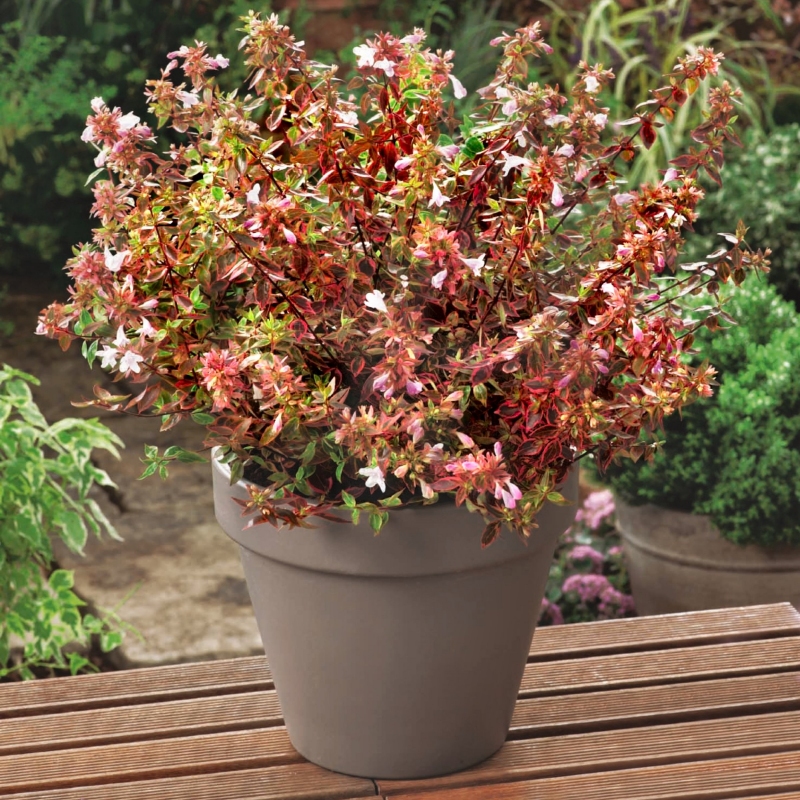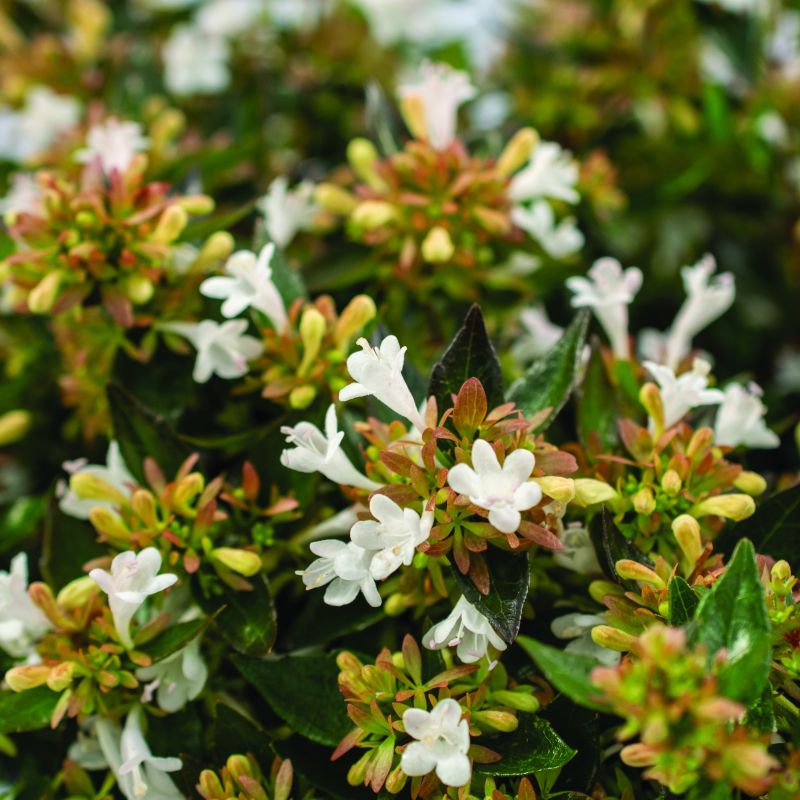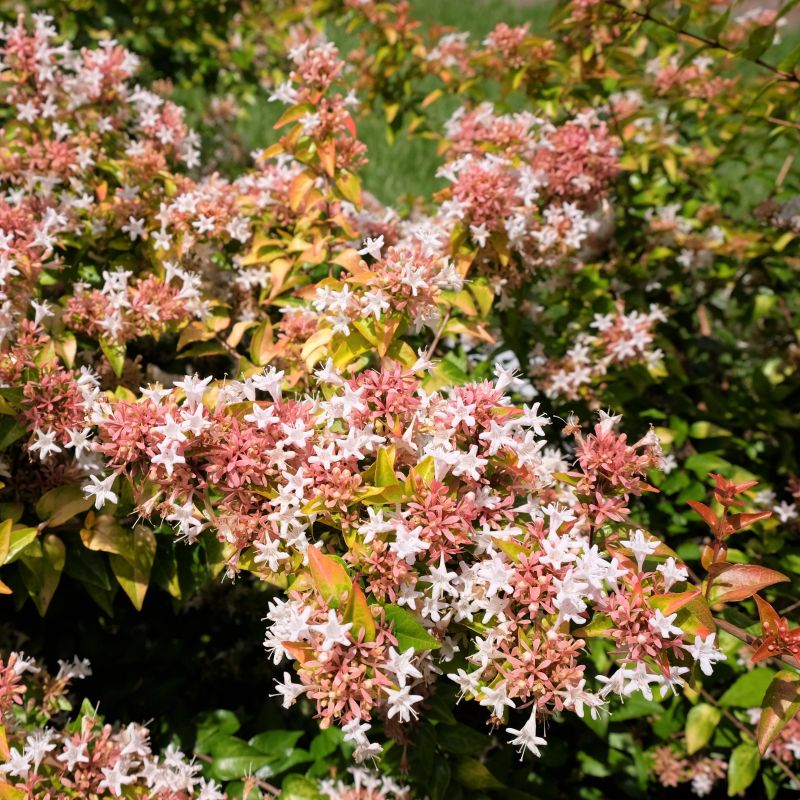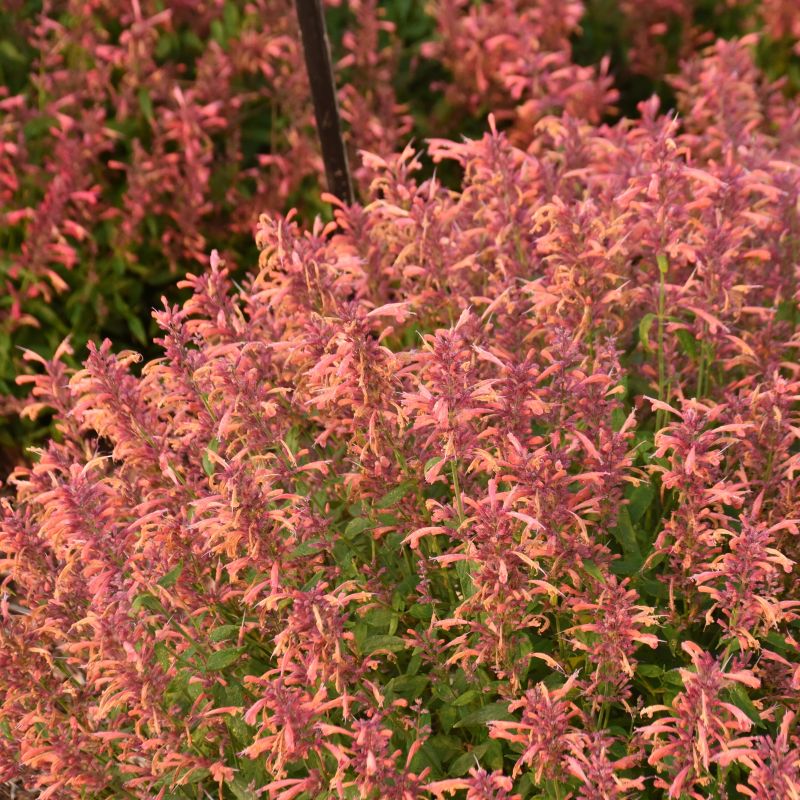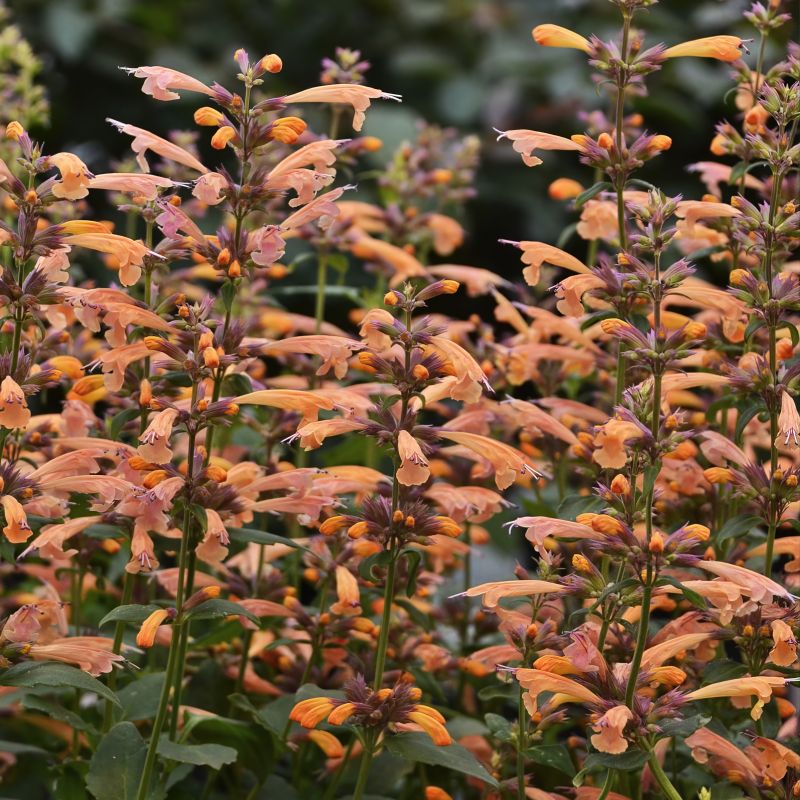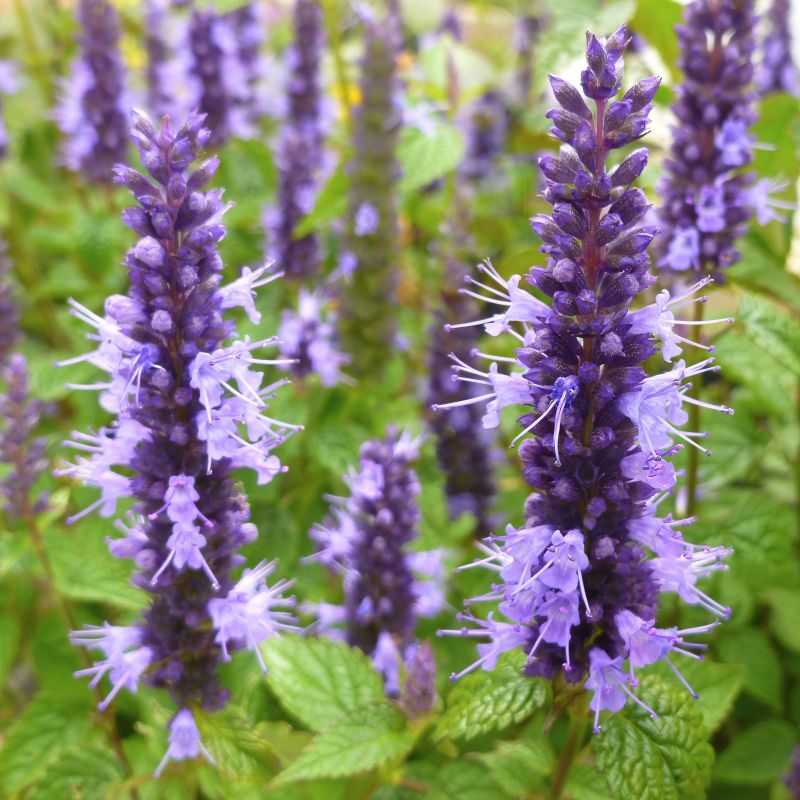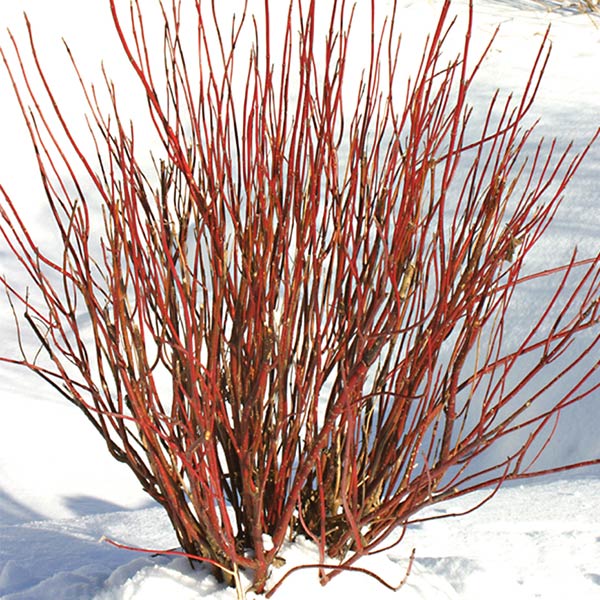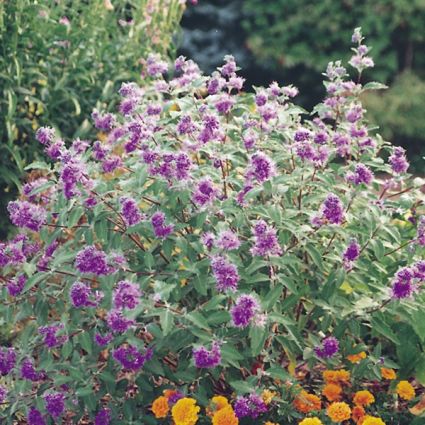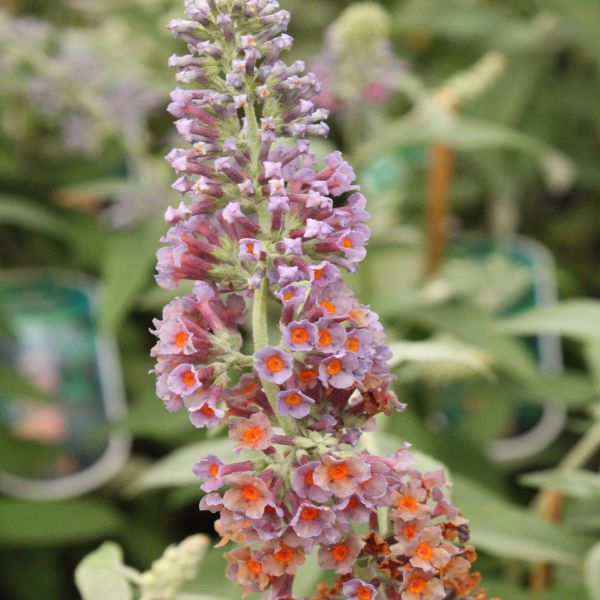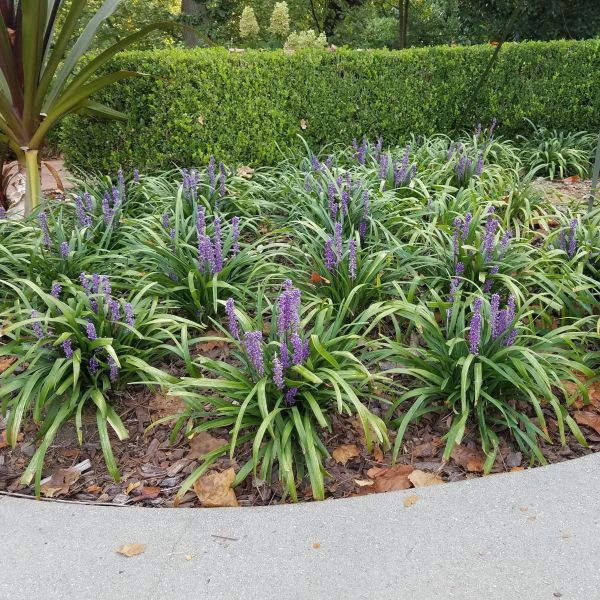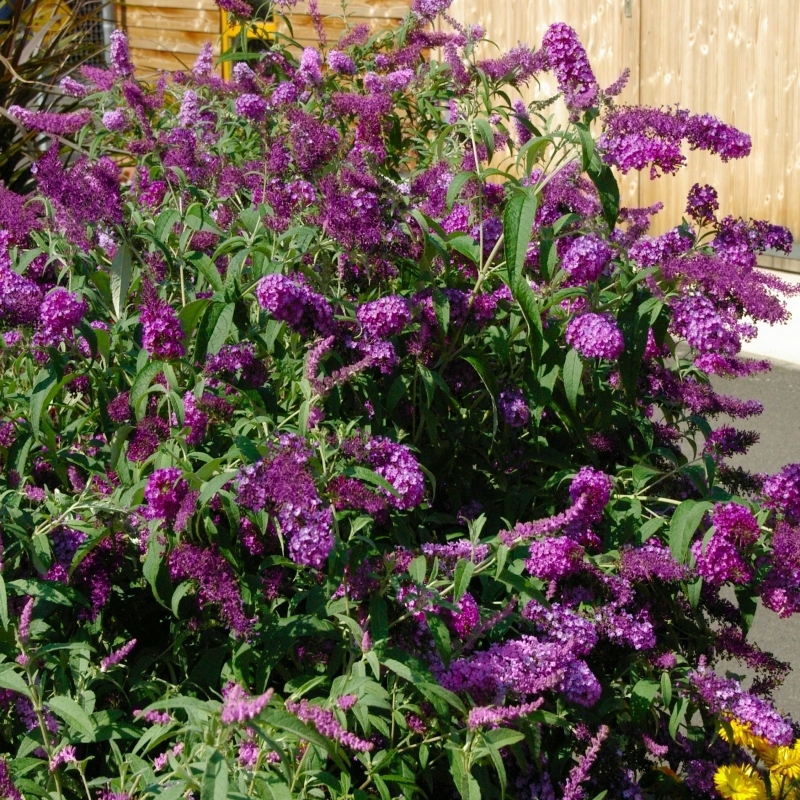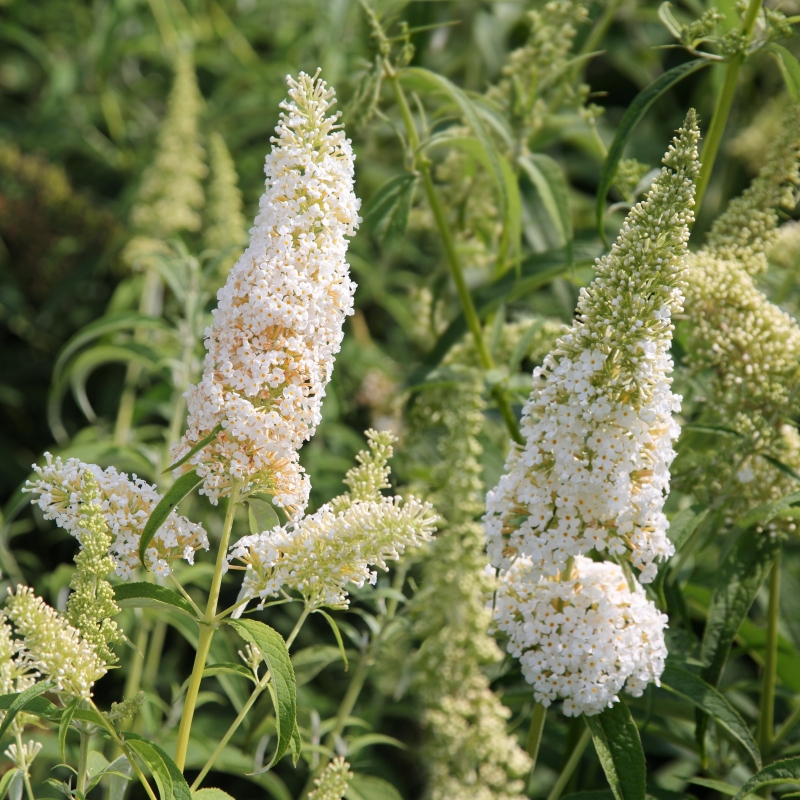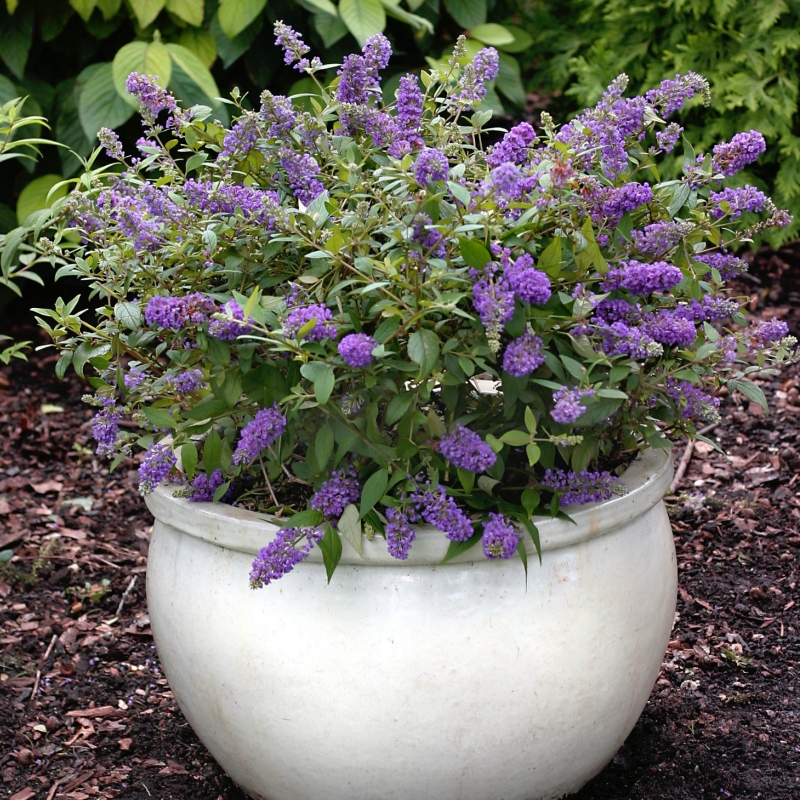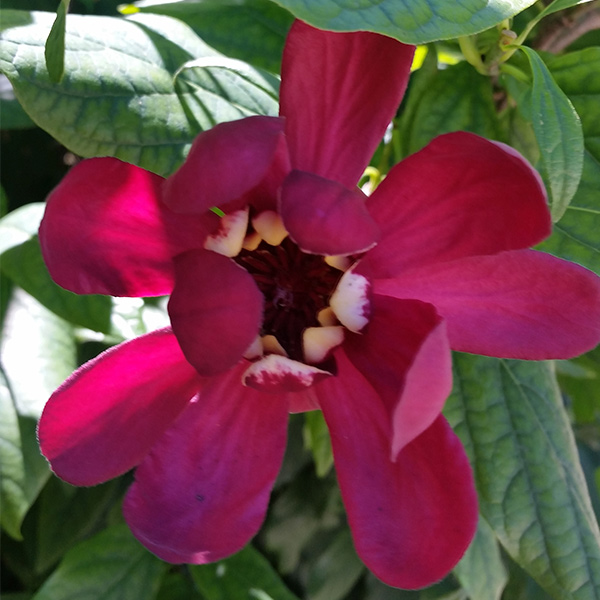
Aphrodite' Sweetshrub
Calycanthus x 'Aphrodite'
20 reviews
Aphrodite' Sweetshrub
Calycanthus x 'Aphrodite'
20 reviews
2.5 Gallon
We are sorry, product is currently out of stock due to seasonal availability. Please check the "Related plants available in your area" section below
Not just beautiful - intentionally selected by ShrubHub's 3D landscape design team to fit real-world spaces and maximize yard potential.
Why Aphrodite' Sweetshrub?
Aphrodite's Sweetshrub (Calycanthus x 'Aphrodite') is a captivating deciduous shrub known for its striking beauty and fragrance. With its vibrant red, magnolia-like flowers that bloom throughout the summer, it is an eye-catching addition to any garden. It is drought-tolerant and thrives in full sun to partial shade. This low-maintenance shrub is loved for its graceful presence and the sweet, spicy scent it releases when its leaves are crushed.
Related plants available in your area
Sunlight
Aphrodite's Sweetshrub requires full to partial sunlight, meaning it needs at least 6 to 8 hours of direct sunlight daily to thrive and bloom fully.
Watering
Aphrodite's Sweetshrub, also known as Calycanthus 'Aphrodite,' has average watering needs. It requires regular watering, especially during hot and dry periods. Adequate moisture is important for its growth and health, but it should not be overwatered to av
Fertilizing
Aphrodite's Sweetshrub requires a well-balanced fertilizer with a ratio of 10-10-10 or 14-14-14. It is recommended to apply fertilizer once in early spring before new growth starts, and again in late summer or early fall after flowering.
Aphrodite's Sweetshrub (Calycanthus x 'Aphrodite')
The Aphrodite's Sweetshrub, also known by its botanical name Calycanthus x 'Aphrodite', is a stunning deciduous shrub that showcases magnificent red, fragrant flowers. It is a popular choice among garden enthusiasts for its striking appearance and delightful scent.
Key Features:
- Flower color: The flowers of Aphrodite's Sweetshrub are deep red and have a unique magnolia-like appearance.
- Fragrance: This shrub is highly valued for its intoxicating aroma, which is often described as a blend of strawberries and pineapple.
- Size and shape: It typically grows to a height of 6-8 feet and spreads out to a similar width. The shrub has a rounded, compact form.
- Long blooming period: Aphrodite's Sweetshrub blooms from late spring to early summer, providing a prolonged period of vibrant color and fragrance in your garden.
- Easy to maintain: This variety of Calycanthus is relatively low-maintenance, requiring minimal pruning and attention. It is adaptable to various soil types and generally drought-tolerant once established.
- Attracts pollinators: The fragrant flowers of Aphrodite's Sweetshrub are known to attract butterflies and hummingbirds, adding a touch of liveliness to your outdoor space.
- Versatility: It can be used as a standalone specimen plant, as well as in mixed shrub borders or woodland gardens.
Planting and Care:
To ensure successful growth, it is recommended to plant Aphrodite's Sweetshrub in a location with well-draining soil and partial shade. However, it can also tolerate full sun conditions. Regular watering, especially during dry spells, will help establish the plant. Mulching around the base can aid in retaining moisture and suppressing weeds.
Pruning should be done in early spring to maintain the desired shape and remove any dead or damaged branches. Fertilizing with a balanced slow-release fertilizer in spring can promote healthy growth and abundant flowering.
Add a touch of elegance, color, and fragrance to your garden with the remarkable Aphrodite's Sweetshrub. Whether you choose to showcase it as a focal point or part of a larger landscape, its beauty and captivating scent are certain to make a lasting impression.
Plant Information:
| Botanical Name: | Calycanthus x 'Aphrodite' |
| USDA Zones: | 5 - 9 |
| Water: | Medium |
| Exposure: | Full Sun |
| Soil Needs: | Well Drained |
| Mature Height: | 5 - 8 feet |
| Mature Spread: | 5 - 6 feet |






Pollination Info
Pollination Information for Aphrodite's Sweetshrub (Calycanthus x 'Aphrodite')
Plant Description:
Aphrodite's Sweetshrub is a deciduous shrub known for its fragrant flowers and attractive foliage. It is a hybrid variety, resulting from the cross between Calycanthus floridus and Calycanthus chinensis. The plant typically grows up to 6 to 8 feet tall and wide. It has shiny, dark green leaves that turn golden yellow in the fall.
Flower Description:
Aphrodite's Sweetshrub produces eye-catching, burgundy-red flowers that bloom from late spring to early summer. The flowers are large, measuring about 2 inches in diameter. They have a unique, watermelon-like fragrance that attracts pollinators.
Pollination:
Aphrodite's Sweetshrub is primarily pollinated by beetles due to its unique flower structure and fragrance. The flowers have numerous petal-like sepals that surround the central reproductive parts. The inner parts of the flower contain both male and female reproductive organs, making it a perfect flower. The attractive scent of the flowers lures beetles, which inadvertently carry the pollen from the male to the female organs while feeding on nectar.
Pollinators:
Beetles are the main pollinators of Aphrodite's Sweetshrub. The strong fragrance of the flowers helps in attracting beetles from a distance. Other pollinators such as bees and butterflies may also visit the flowers, but they play a minor role in the pollination process.
Benefits of Pollination:
Pollination is essential for the production of fruits and seeds in Aphrodite's Sweetshrub. The successful transfer of pollen from the male to the female reproductive organs ensures fertilization and subsequent fruit set. The fruits are woody, brown capsules that contain numerous seeds. These seeds can be collected and sown to propagate new plants.
Environmental Considerations:
It is important to create a pollinator-friendly environment to support the pollination process for Aphrodite's Sweetshrub. Providing a diverse range of flowering plants in the vicinity can attract a variety of pollinators, including beetles. Avoid using pesticides that are harmful to pollinators, as they can interfere with the natural pollination process.
FAQ
FAQ for Aphrodite's Sweetshrub (Calycanthus x 'Aphrodite')
-
1. What are the characteristics of Aphrodite's Sweetshrub?
Aphrodite's Sweetshrub is a deciduous shrub known for its stunning dark red flowers with a sweet, fruity fragrance. It has a compact growth habit and can reach 6 to 8 feet in height and spread.
-
2. When does Aphrodite's Sweetshrub bloom?
This sweetshrub typically blooms in late spring or early summer. The flowers can last for several weeks and add a beautiful touch to any garden.
-
3. Does Aphrodite's Sweetshrub require a lot of sunlight?
Aphrodite's Sweetshrub prefers partial shade to full sun. It can tolerate a wide range of light conditions but performs best when provided with some shade during the hottest part of the day.
-
4. How often should I water Aphrodite's Sweetshrub?
Once established, this shrub is relatively drought-tolerant. However, regular watering is necessary during the first growing season to help it establish a strong root system. Provide deep watering once a week during dry spells.
-
5. How should I care for Aphrodite's Sweetshrub?
Pruning is generally not necessary for this shrub unless you want to shape it or remove any dead or damaged branches. Apply a layer of organic mulch around the base of the plant to conserve moisture and suppress weeds.
-
6. Can Aphrodite's Sweetshrub be grown in containers?
While it is possible to grow Aphrodite's Sweetshrub in containers, it is best suited for being planted directly in the ground. The shrub develops a deep root system, which may restrict growth and health if confined to a container.
-
7. Is Aphrodite's Sweetshrub deer-resistant?
Yes, Aphrodite's Sweetshrub has shown good resistance to deer browsing. However, in situations of extreme deer pressure, additional protection may be necessary.
-
8. Does Aphrodite's Sweetshrub attract pollinators?
Yes, this sweetshrub is known to attract butterflies, bees, and other pollinators with its fragrant flowers. It can be a valuable addition to a pollinator-friendly garden.
-
9. Is Aphrodite's Sweetshrub tolerant of different soil types?
Aphrodite's Sweetshrub is adaptable to a wide range of soil types, including clay, loam, and sandy soils. It prefers soil that is well-draining but can tolerate occasional wet conditions.
-
10. Can I propagate Aphrodite's Sweetshrub from cuttings?
Yes, Aphrodite's Sweetshrub can be propagated from softwood or semi-hardwood cuttings taken during early summer. Make sure to provide proper care and favorable conditions to increase success rates.
Planting & Care
Aphrodite's Sweetshrub (Calycanthus x 'Aphrodite') Planting & Care
Planting
- Choose a location that receives partial shade to full sun (4-6 hours of direct sunlight per day).
- Ensure the soil is well-draining and rich in organic matter.
- Dig a hole that is twice as wide and just as deep as the root ball of the plant.
- Gently remove the plant from its container and loosen the roots if they are compacted.
- Place the plant in the hole, making sure it is planted at the same depth as it was in the pot.
- Backfill the hole with soil, firming it gently around the roots to eliminate air pockets.
- Water thoroughly after planting.
Care
- Water regularly, especially during hot and dry periods.
- Mulch around the base of the plant to conserve moisture and suppress weeds.
- Prune lightly after flowering to maintain a compact shape and remove any dead or damaged branches.
- Fertilize in early spring with a balanced slow-release fertilizer.
- Monitor for pests and diseases, such as aphids and powdery mildew, and take appropriate action if necessary.
- Provide winter protection in colder climates by applying a layer of mulch around the base of the plant.
- Regularly check for signs of stress, such as yellowing leaves or wilting, and adjust care accordingly.
Check Out These Verified Customer Reviews:
Customer Reviews
4.7 out of 5 based on 20 reviews
Thank you! Your review has been submitted.
Absolutely love my Aphrodite' Sweetshrub, would highly recommend!
Item arrived well-packaged and undamaged.
Impressed with the vibrant color and healthy leaves of the Sweetshrub.
Item has been added to your cart.



